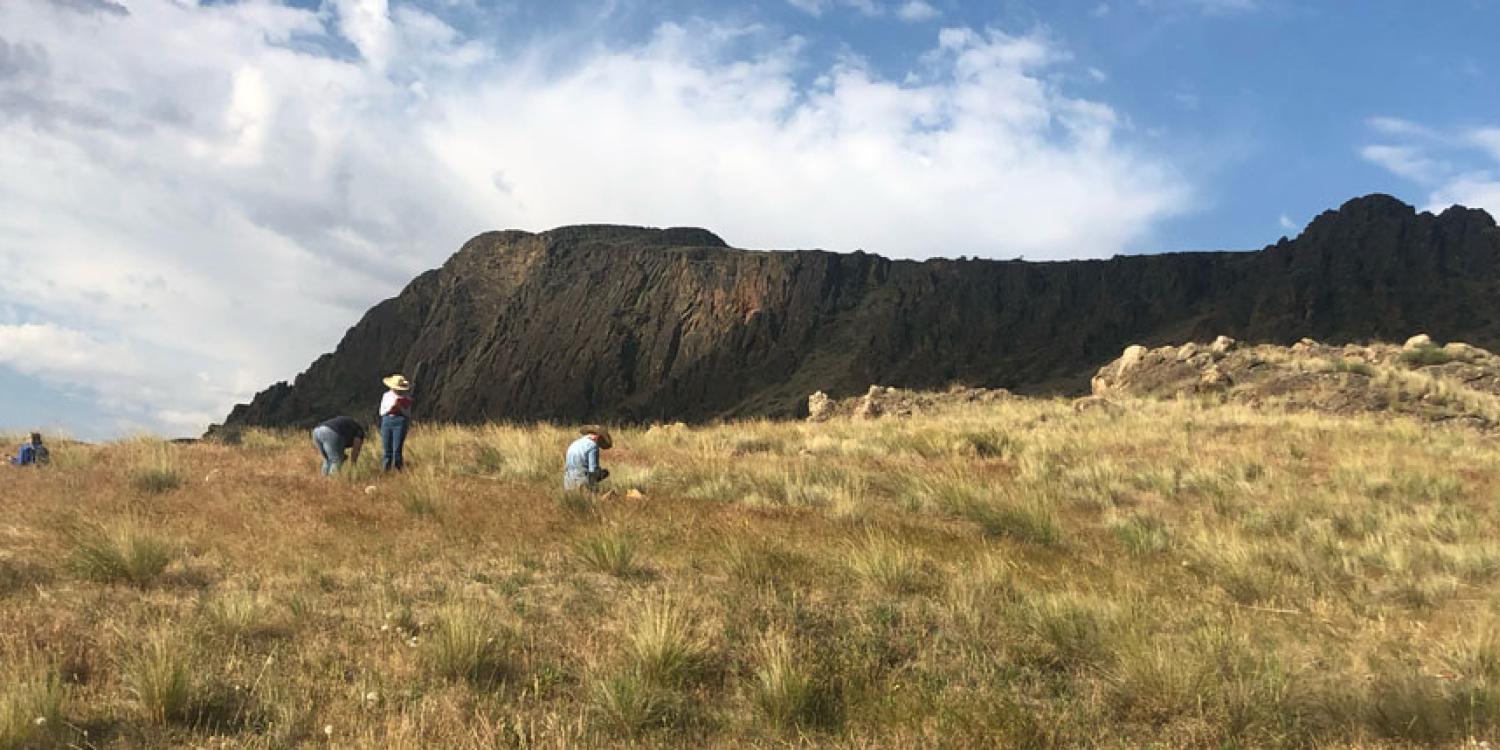
About 72% of Malheur County is publicly owned and federally managed. Cow-calf producers with public land grazing permits rely on the use of these rangelands. The greatest threat to southeastern Oregon sagebrush rangelands includes annual grass invasion and wildfire resulting from an abundance of fine fuels on the landscape.
Since 2010, nearly 2.5 million acres have burned in wildfires in and around Malheur County in Eastern Oregon, devastating the natural and working landscapes and negatively impacting agricultural resilience and competitiveness.
In response, Sergio Arispe, Oregon State University Extension Service livestock and rangeland field faculty and associate professor in the College of Agricultural Sciences, partnered with Extension colleagues at OSU, the University of Idaho and the University of Nevada, Reno; the U.S. Bureau of Land Management Vale District Office, and scientists with the U.S. Department of Agriculture's Agricultural Research Service, to create a broad-based team to address fine fuels management on public land. The research partnership, which now includes Boise State University, created short- and long-term goals and secured 1,700 cows to graze the Three Fingers Allotment during the dormant season.
Arispe also organized a tri-state field day highlighting the scientific rationale behind dormant season grazing for fine fuel management ecological restoration.
As a result, Arispe has coordinated Extension and research to quantify fine fuels reduction in collaboration with the Vale District, natural resource agencies, private cow-calf operators and the public. In particular, he is collecting and sharing data relevant to public land management with agencies, so personnel are able to identify changes in vegetation due to alternative livestock grazing treatments. The landscape-scale focus has broad support from all corners.
In 2019 and 2020 grazing removed a total of 1,500 tons of fine fuels during the non-traditional dormant season, saving five grazing operators $263,000 on winter feed costs. Since 2018, a total of 6,500 tons of fine fuels have been removed during off-season grazing, removing biomass that would otherwise burn in a rangeland wildfire in the 23,000 acres of public lands in Malheur County.